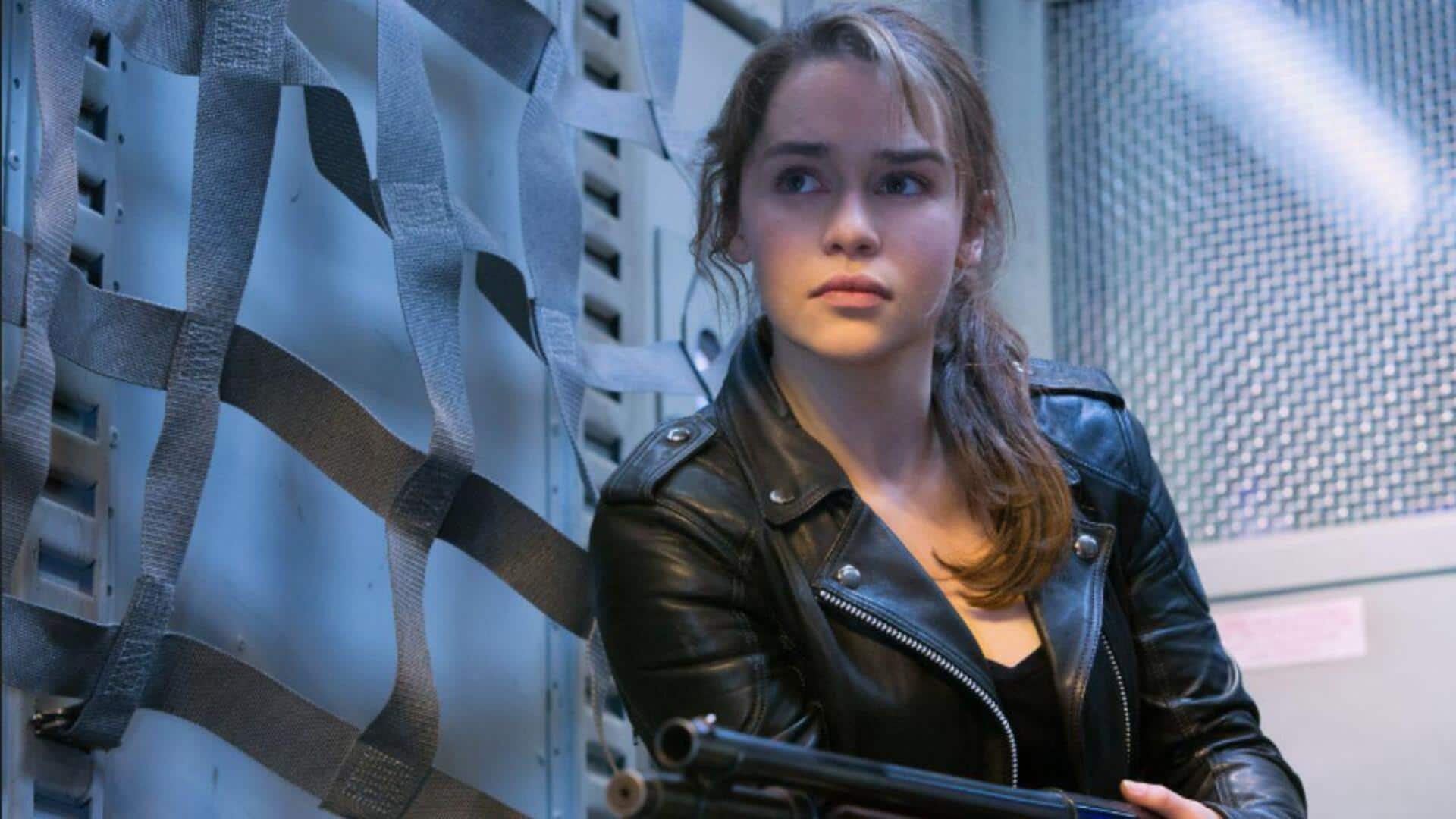
Why Sarah Connor remains cinema's ultimate warrior woman
What's the story
From a damsel in distress to a fierce warrior, Sarah Connor's evolution in American cinema is nothing short of iconic. The character, originally introduced as an unsuspecting young woman, has transformed into a symbol of strength and resilience. This transformation reflects broader societal changes and the growing demand for strong female leads in action films. Here's how Sarah Connor's character evolved over the years.
Early days
The birth of a warrior
In her debut, Sarah Connor was portrayed as an ordinary waitress with no idea of the impending doom. However, as the story unfolded, she quickly became aware of her destiny. This awareness marked the beginning of her transformation from a simple character to someone who would eventually become a warrior. The early days set the stage for her evolution, highlighting the drastic change in her persona.
Transformation
Rise of resilience
As the series progressed, Sarah's character became synonymous with resilience. She became a fierce protector of her son and humanity's future. This shift showcased how women could be portrayed as strong, complex characters capable of leading action-packed narratives. Her transformation resonated with audiences who appreciated this departure from traditional female roles in cinema.
Empowerment
Embracing strength
By the time we reached later installments in the franchise, Sarah Connor had fully embraced her strength and capabilities. She was no longer just fighting for survival but actively leading resistance efforts against formidable foes. This phase of her evolution emphasized empowerment and showcased how cinematic portrayals could inspire real-life change by challenging gender norms.
Legacy
Cultural impact
Sarah Connor's legacy extends beyond film screens; it has made a significant cultural impact by influencing other filmmakers to create similar strong female protagonists. Her journey serves as an inspiration for many women who see themselves reflected in her struggles and triumphs on-screen. This legacy continues to shape discussions around gender representation in modern-day cinema.